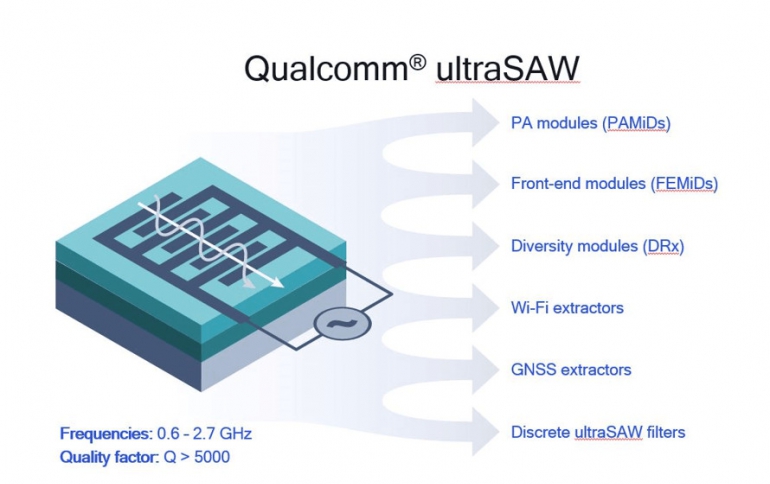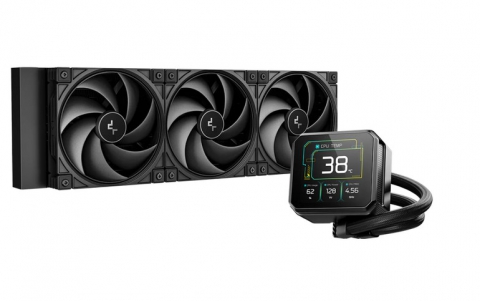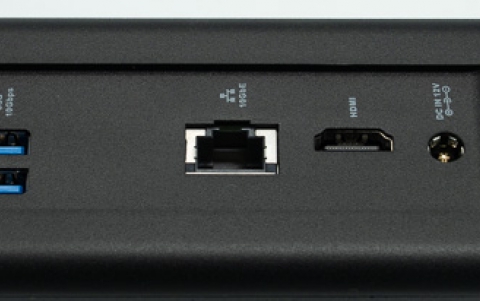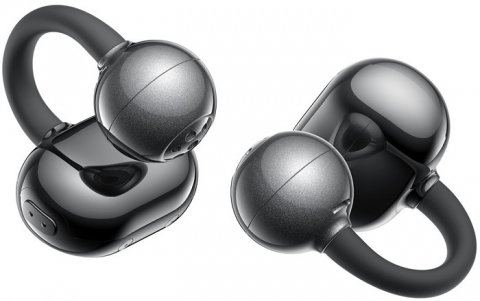
Qualcomm Says ultraSAW RF Filter Technology for 5G/4G Mobile Devices Improves Radio-Frequency Performance
Qualcomm Technologies, claims that its new Qualcomm ultraSAW filter technology improves radio-frequency performance in bands up to 2.7 GHz, outperforming competing filter technologies at lower cost.
Radio frequency (RF) filters isolate radio signals from the different spectrum bands that phones use to receive and transmit information. By achieving as much as 1 decibel (dB) improvement in insertion loss, Qualcomm ultraSAW filters offer a higher performance solution compared to competing bulk-acoustic (BAW) filters in the sub-2.7 GHz frequency range.
Qualcomm says that the ultraSAW technology achieves superior filter characteristics to deliver high performance in frequencies from 600 MHz to 2.7 GHz with a range of benefits:
- Excellent transmit, receive and cross isolation
- High frequency selectivity
- A Q-factor of up to 5000 – significantly higher than the quality factor of competing BAW filters
- Very low insertion loss
- Excellent temperature stability with very low temperature drift in the single-digit ppm/Kelvin range.

This would allow for more power-efficient RF paths in 5G and 4G multimode mobile devices – and at a lower cost point than other commercial solutions with similar performance metrics for original equipment manufacturers (OEMs).
Qualcomm ultraSAW serves as a key technology for driving the performance of Qualcomm Technologies’ RFFE product portfolio and Qualcomm Snapdragon 5G Modem-RF Systems further. The company is integrating Qualcomm ultraSAW technology across its product line including PA modules (PAMiD), front-end modules (FEMiD), diversity modules (DRx), Wi-Fi extractors, GNSS extractors and RF multiplexers.
A lineup of discrete and integrated Qualcomm ultraSAW products is beginning production this quarter, and OEM flagship devices using the technology are expected to be commercially available in the second half of 2020.





















